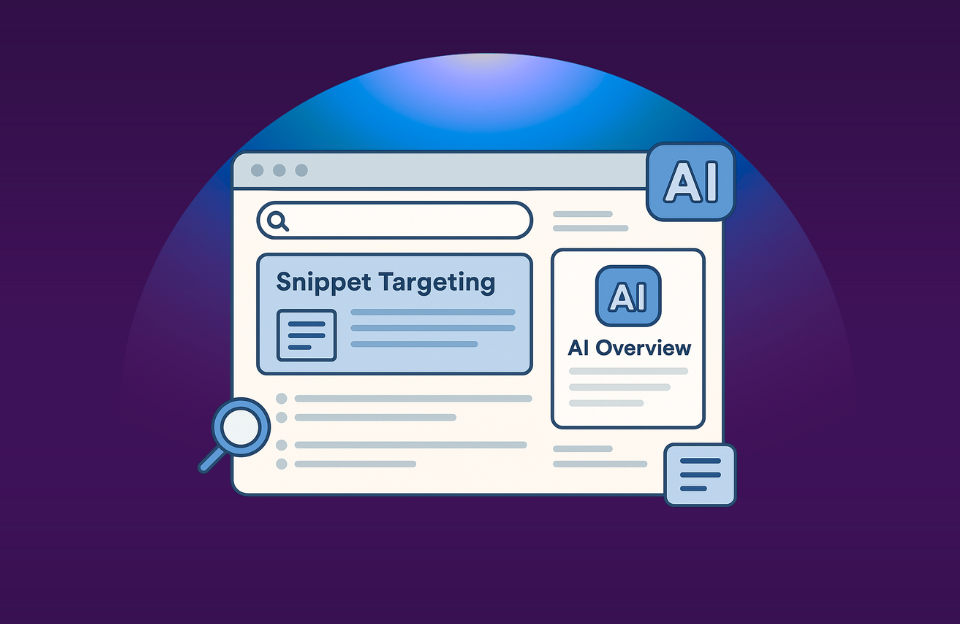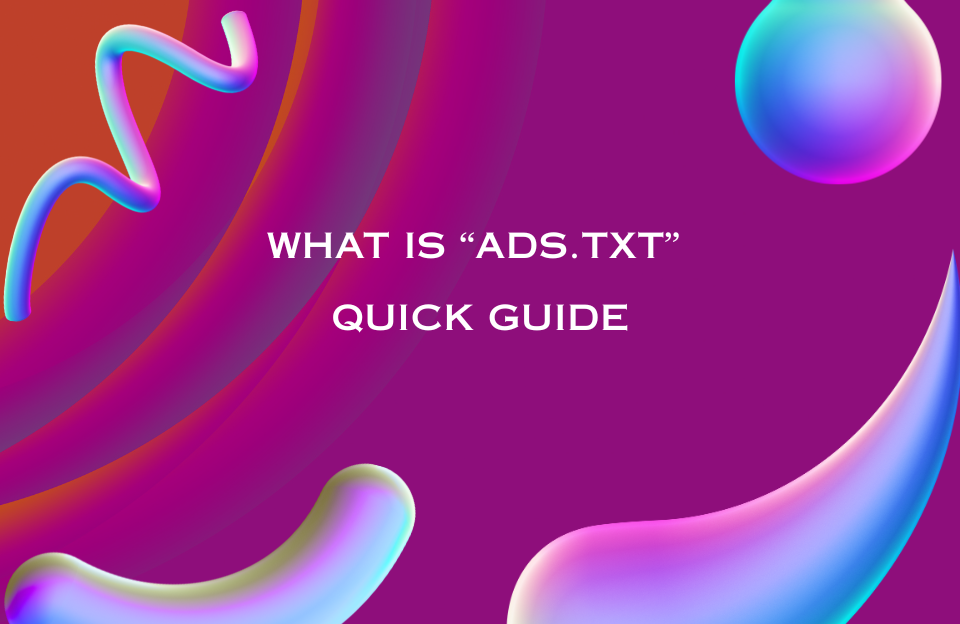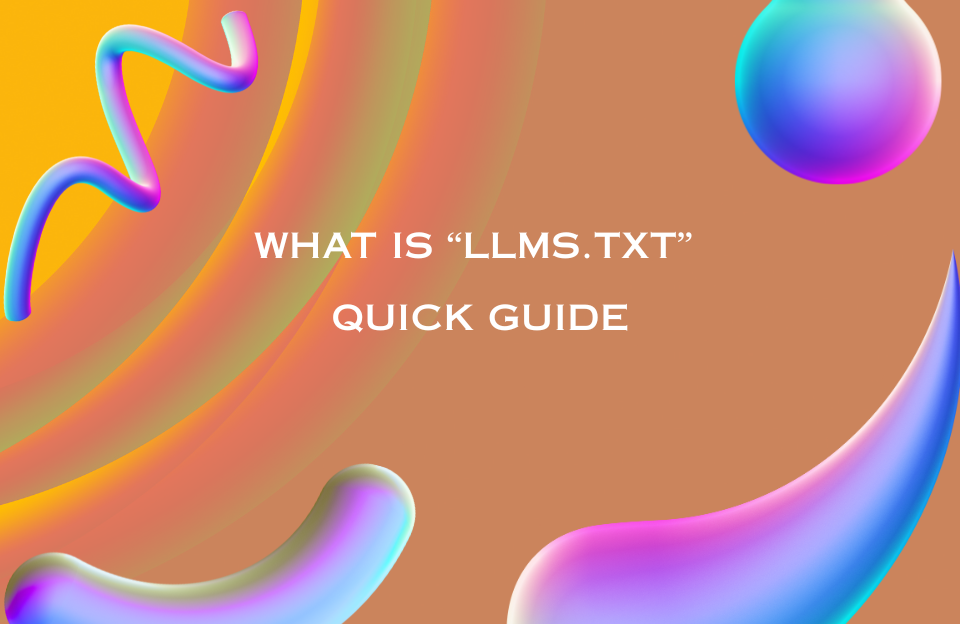Traditional SEO has long focused on climbing to the top of the search engine results page (SERP). But in today’s evolving landscape, especially with the rise of AI Overviews and featured snippets, visibility is no longer just about being ranked first — it’s about being the best source for instant answers. This is where snippet targeting becomes essential.
What Is Snippet Targeting?
Snippet targeting is the strategic practice of creating and formatting content to increase its likelihood of appearing in featured snippets or AI-generated overviews. Featured snippets are the boxed results at the top of Google’s SERP that answer user queries directly, while AI Overviews (from Google’s Search Generative Experience) synthesize information from multiple trusted sources to deliver quick, AI-curated summaries.
These formats are designed to serve user intent as quickly and effectively as possible. By aligning your content with the structure, semantics, and clarity required for snippet inclusion, you can dramatically improve your chances of occupying these high-impact positions.
Why Snippet Targeting Matters More Than Ever
Appearing in a featured snippet can significantly boost visibility, even if you’re not ranked #1 organically. In fact, snippet positions often attract higher click-through rates, especially in mobile search and voice search. And with AI Overviews rolling out across search engines, brands that structure their content clearly and answer-based are more likely to be cited or included in synthesized answers.
Some studies suggest that featured snippets can generate up to 8% more traffic on average. AI Overviews may even amplify that impact — if your content is selected as a source, it becomes part of a user’s first impression of a topic.
Types of Snippets in Search
Understanding snippet types helps you format content accordingly. The four main types include:
- Paragraph Snippet: Typically 40–60 words answering a direct question. Example: “What is a CMS?”
- List Snippet: Ordered or unordered lists — perfect for “How-to” or “Top 5” content. Google automatically formats steps into numbered bullets.
- Table Snippet: Used for comparisons, pricing, or structured datasets. Best used with HTML tables or clean formatting.
- Video Snippet: Often from YouTube with jump links (timestamps) to specific sections. Increasingly important in how-to and product explainer content.
AI Overviews: The Next Frontier
Google’s AI Overviews (formerly SGE) introduce a new layer of complexity. Instead of pulling a single source, AI generates synthesized summaries from multiple trusted sites. This changes the game in three key ways:
- Multiple Source Pulls: You don’t need to rank #1 to appear. You just need clear, trustworthy, well-structured content.
- Semantics > Keywords: AI relies more on semantic markup, internal context, and answer clarity than just keyword matching.
- Zero-click Threat: AI Overviews often fulfill the user’s need instantly, meaning users may not click through — unless you offer added value or a deeper layer.
What Makes Content Snippet-Ready?
There’s no guaranteed formula, but these elements consistently improve snippet eligibility:
- Clear question-and-answer format: Use
<h2>or<h3>headings that include natural language questions (“How does AI targeting work?”) and follow with a direct, concise answer. - Concise definitions: Paragraph snippets should be 40–60 words max, using plain language and avoiding fluff.
- Structured content: Use semantic HTML5 tags (
<section>,<article>) and maintain logical hierarchy. - Use of bullet lists or numbered steps: For tutorials and listicles, format steps cleanly and predictably.
- Tables and comparison charts: Present structured data using proper HTML tables or CSS-styled columns.
Example: Paragraph Snippet
What is snippet targeting?
Snippet targeting is a content strategy where content is written and structured specifically to appear in Google’s featured snippets and AI summaries. It emphasizes clarity, conciseness, and structured formatting.
Example: List Snippet
Steps to optimize for a featured snippet:
- Identify snippet opportunities using SEO tools.
- Write a concise answer immediately below the heading.
- Use bullet or numbered lists for step-by-step processes.
- Ensure proper HTML structure and semantic markup.
- Update content regularly to maintain relevance.
How to Identify Snippet Opportunities
Use SEO tools like:
- Ahrefs: Use the “Featured Snippet” filter to see where your competitors hold snippets.
- Semrush: Analyze keywords with snippet presence and track your snippet win/loss over time.
- Answer the Public: Find common question-based queries ideal for Q&A structure.
- Google’s People Also Ask (PAA): These are ripe for snippet targeting and often evolve dynamically.
AI-Driven Content and Snippet Targeting
In the age of LLMs (Large Language Models), content must be machine-readable, not just human-readable. Search engines are learning how to extract content at scale using AI. That means:
- Semantically organized content is prioritized over keyword-stuffed paragraphs.
- Authoritativeness and clarity matter more than flashy design or marketing speak.
- Answer-based formats will continue to gain visibility in AI Overviews, especially if cited across multiple sites.
Future-Proofing Your Snippet Strategy
The snippet landscape is evolving fast. Here’s how to stay ahead:
- Structure everything for machine parsing: Avoid messy layouts and keep headings descriptive.
- Consolidate value per page: Try to answer multiple related questions on a single topic page.
- Monitor and update: Regularly refresh snippet-oriented pages to maintain freshness signals.
- Experiment with video and interactive content: These are increasingly being pulled into snippet spaces via YouTube and schema.
Common Mistakes in Snippet Targeting
- Too much intro: If users must scroll to find the answer, you won’t win the snippet.
- No direct answer: Not clearly addressing the question within the first 50–100 words.
- Poor formatting: Unstructured paragraphs, missing headings, or inconsistent layout.
- Over-optimization: Stuffing keywords in unnatural ways reduces clarity and harms trust.
Conclusion
Snippet targeting is more than a formatting trick — it’s a long-term strategy for earning visibility in an AI-first search environment. By answering real questions with clear, structured, and concise content, you increase your chances of being featured in the places that matter most: above the fold, in answer boxes, and within AI-generated summaries.
Whether you’re an SEO strategist, content marketer, or business owner, mastering snippet targeting today will position your content for success tomorrow.




